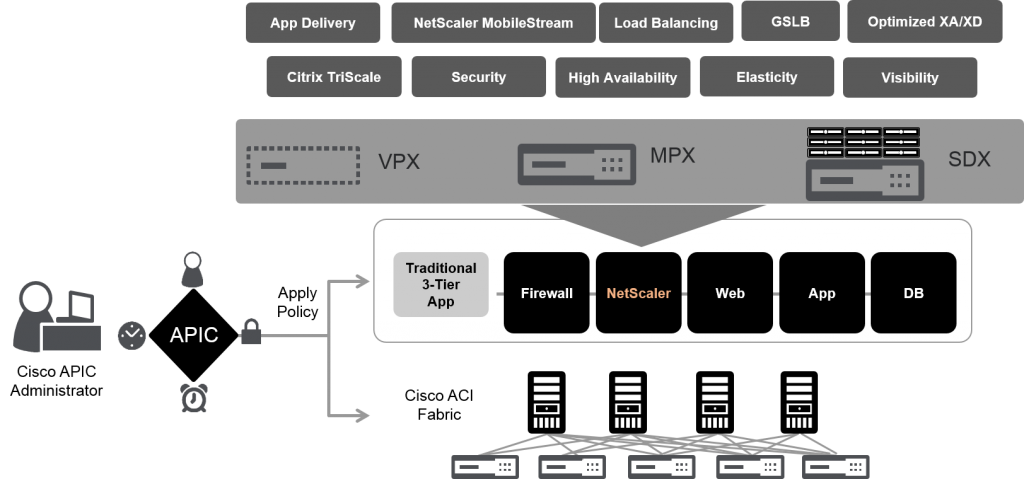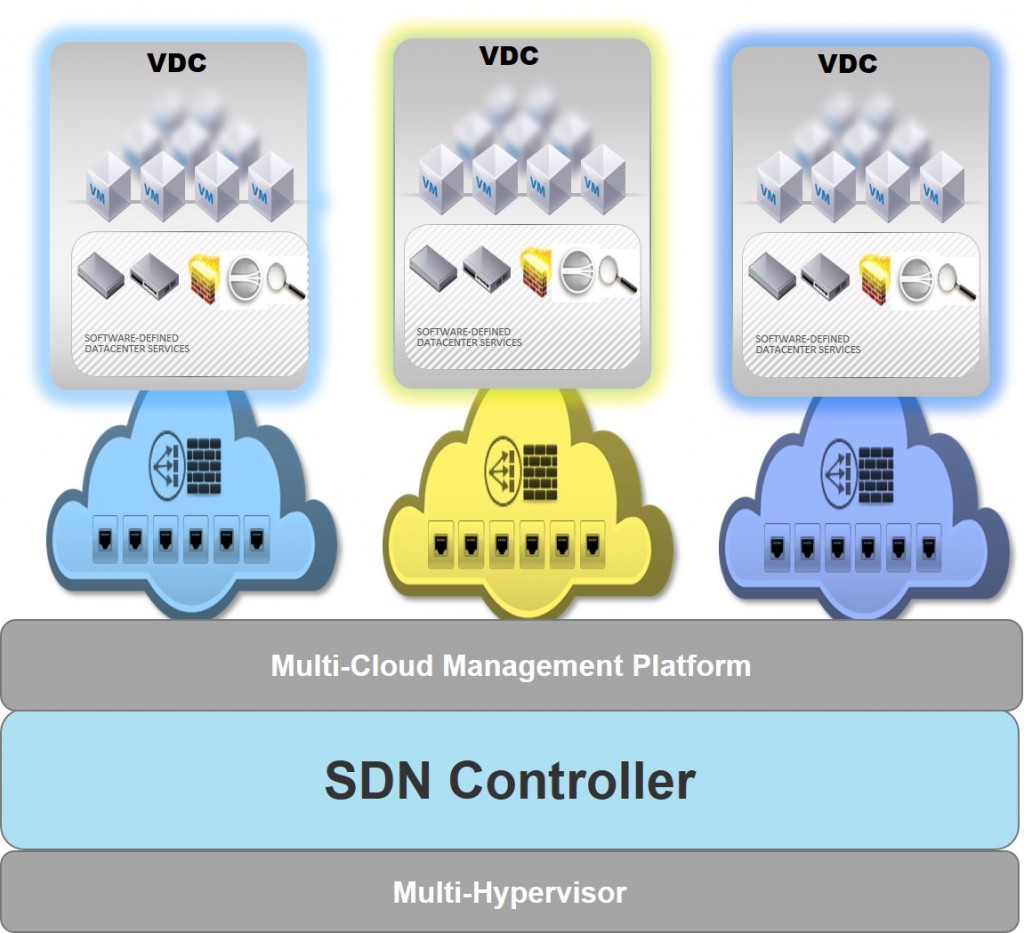As your organization seeks to increase IT agility and reduce operating costs building an orchestration platform like OpenStack to automate the deployment of resources makes a lot of sense. As you plan the implementation of your OpenStack platform ensuring application availability and performance is a necessary design goal. There are a number of things to consider to this end, for example how do you minimize downtime, or support your legacy applications, as well as your applications that are built for the cloud. You might need to host multiple tenants on your cloud platform, and deliver performance SLAs to them. Larger application deployments might require extending cloud platform services to multiple locations.
To ensure a successful implementation of OpenStack you need design recommendations around best practices for multi-zone and multi-region cloud architectures. There are two major areas to look at. One is resource segregation or ‘pooling’ and the use of cloud platform constructs such as availability zones and host aggregates to group infrastructure into fault domains and high-availability domains. The other is how to use an ADC to provide highly available, highly performant, application delivery and load balancing services in your distributed, multi-tenant, fault-tolerant cloud architecture.
Best Practices for Multi-Zone and Multi-Region Cloud Integration
It’s easier to build resilient and scalable OpenStack data centers if three best-practice rules are applied in planning:
•Segregate physical resources to create fault domains, and plan to mark these as OpenStack Availability Zones.
•Distribute OpenStack and database controllers across three or more adjacent fault domains to create a resilient cluster.
•Networks - Design considerations should include both data plane and control plane networking criteria for scale out and high-availability.



